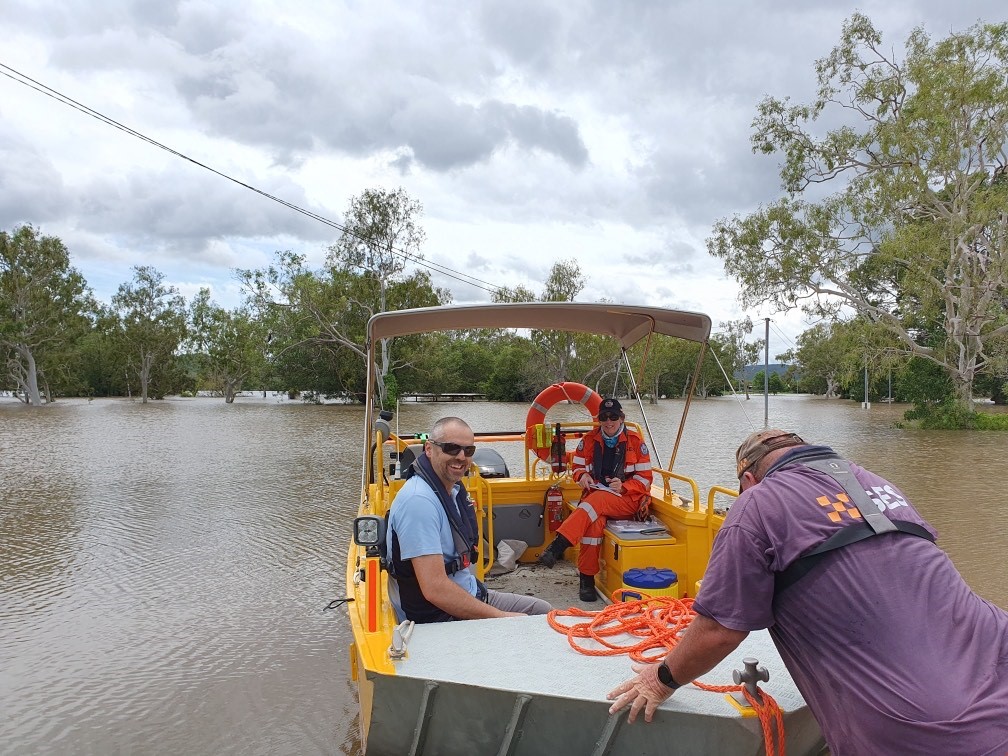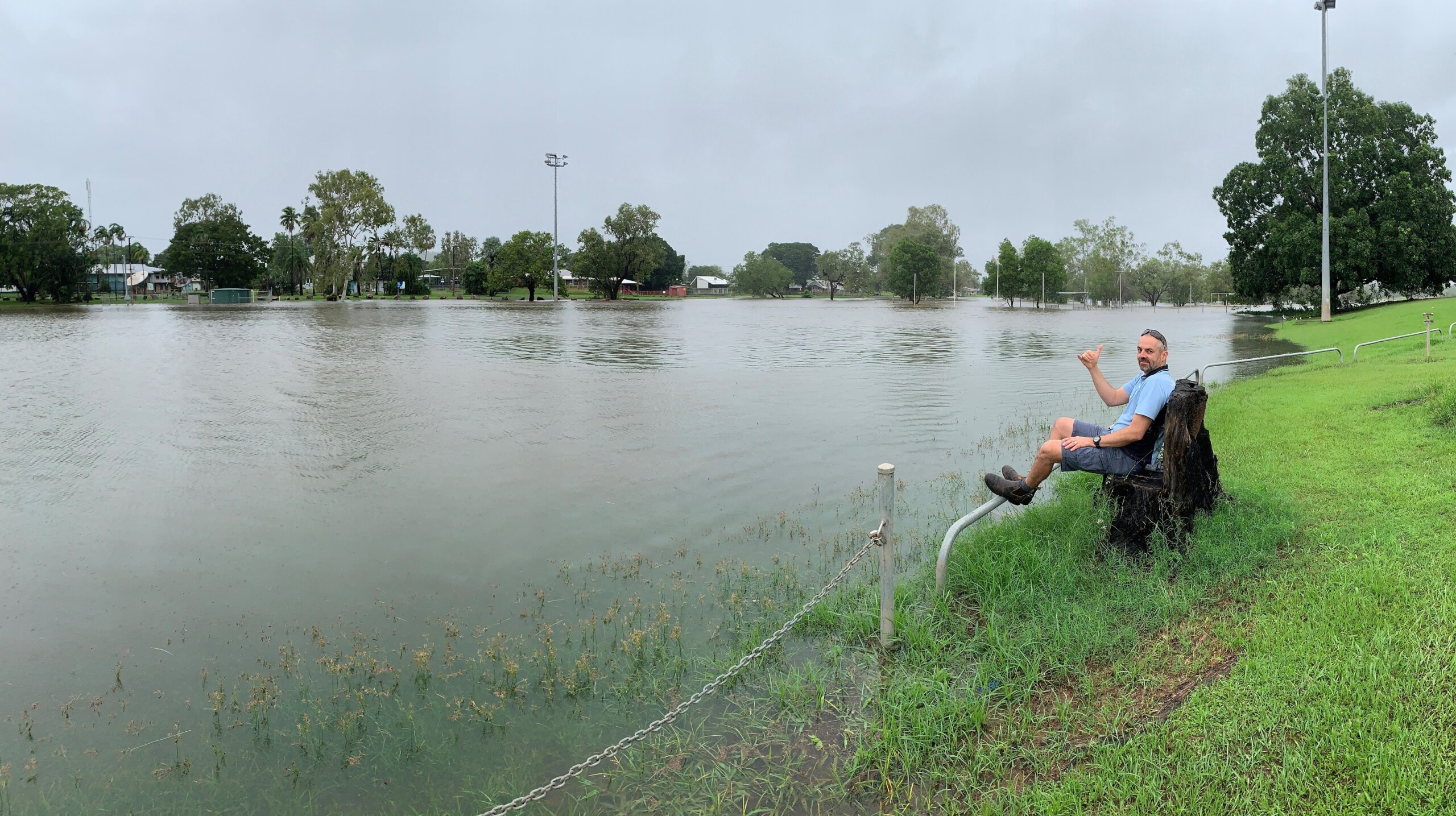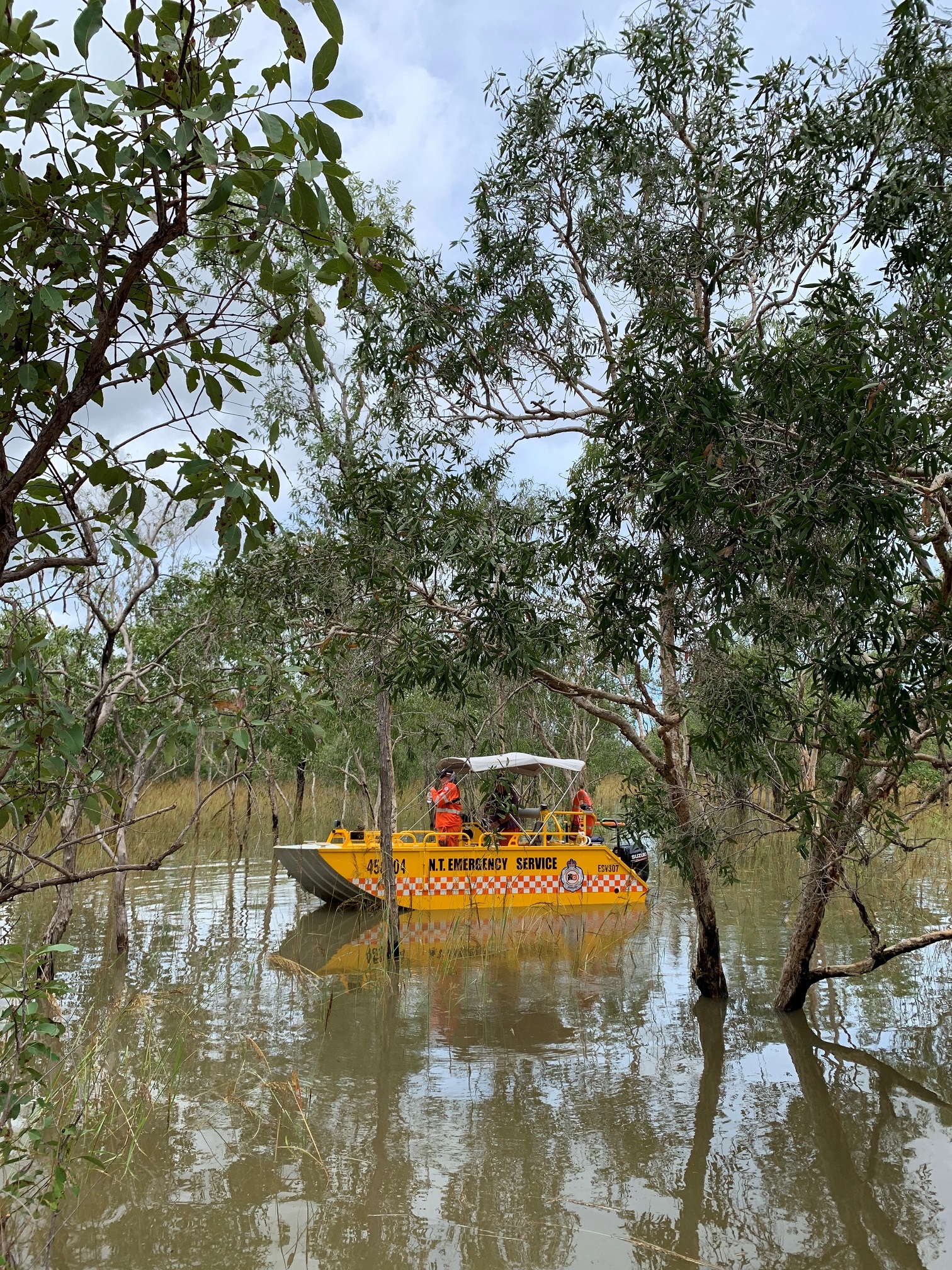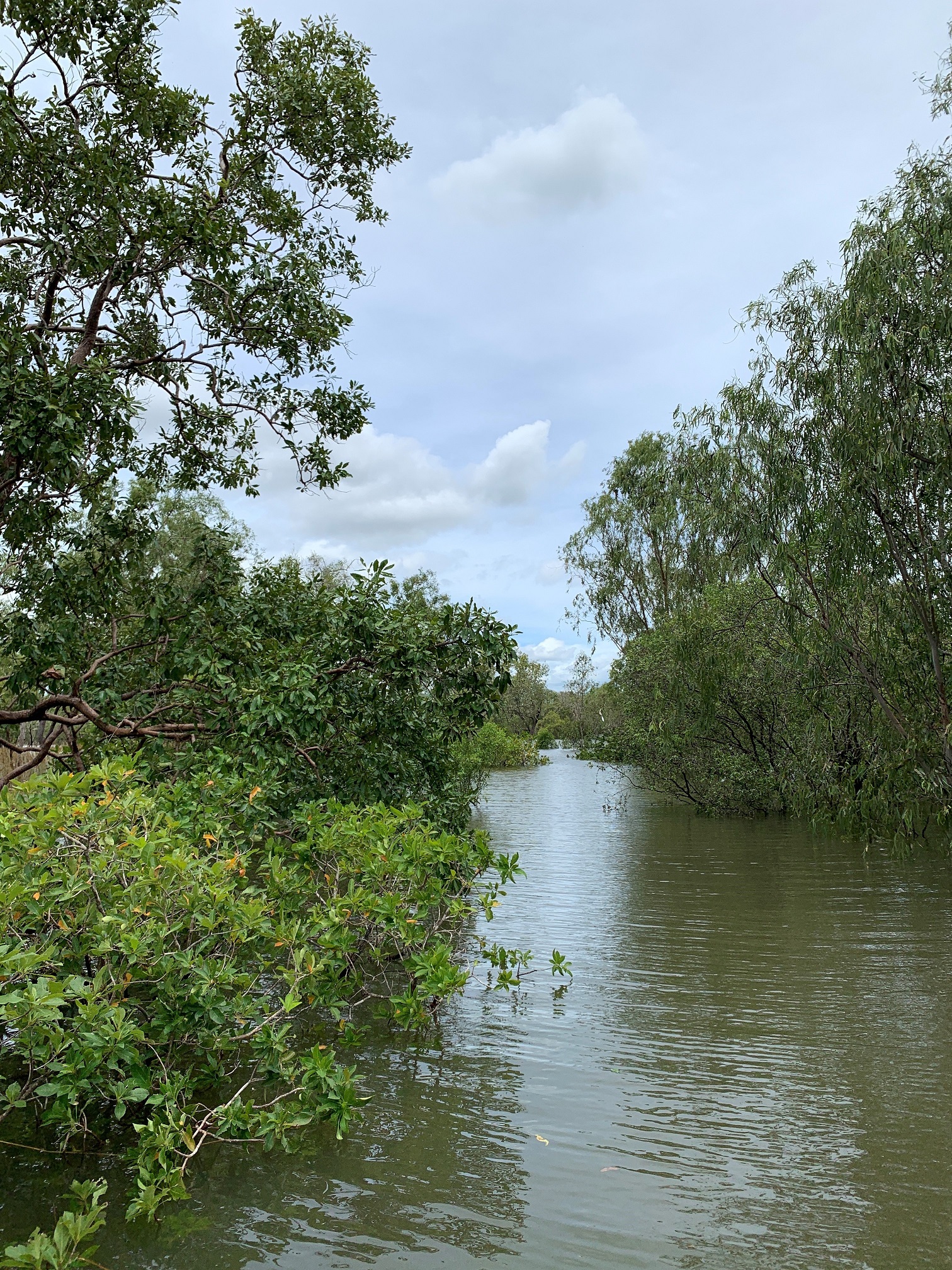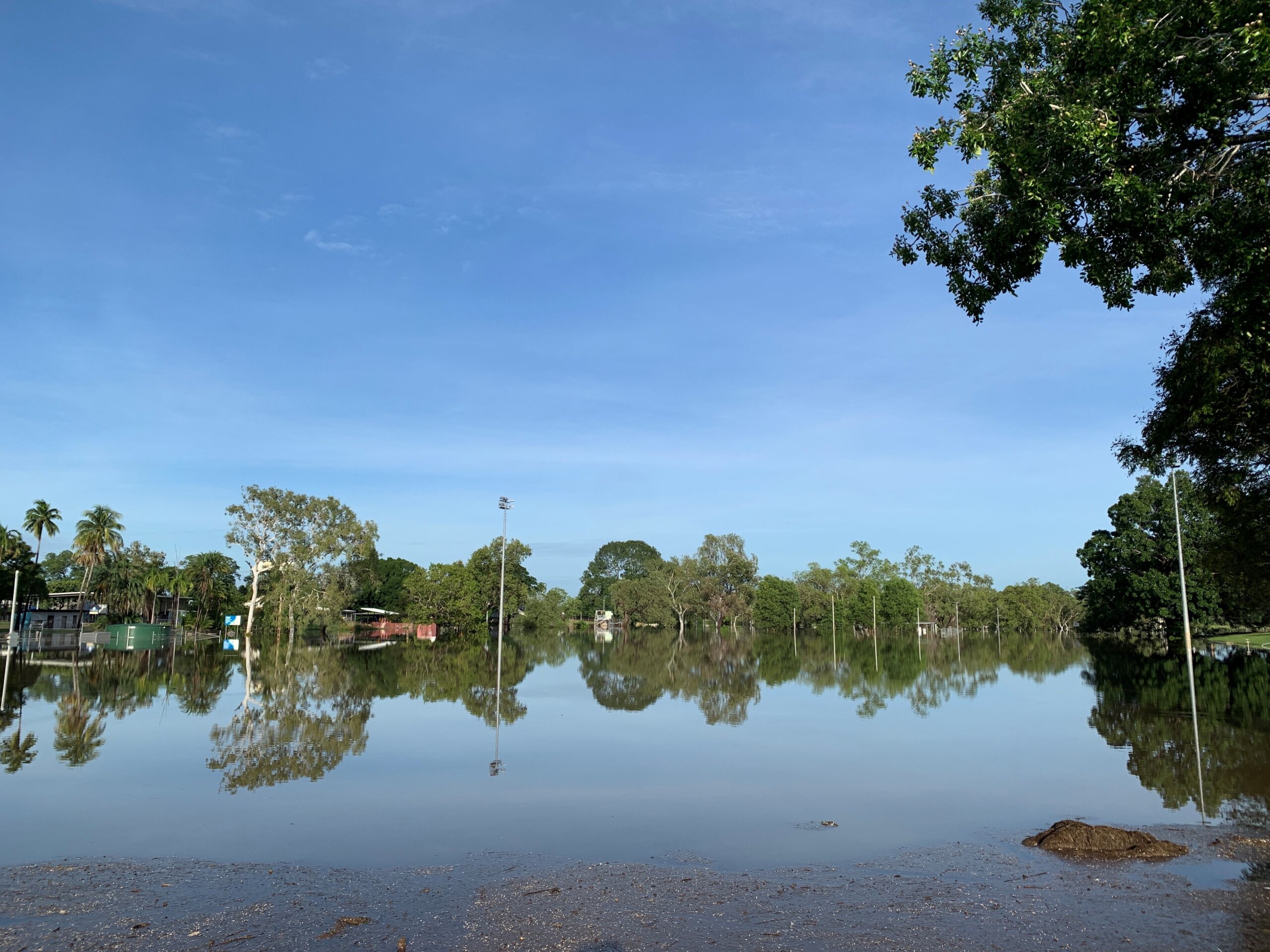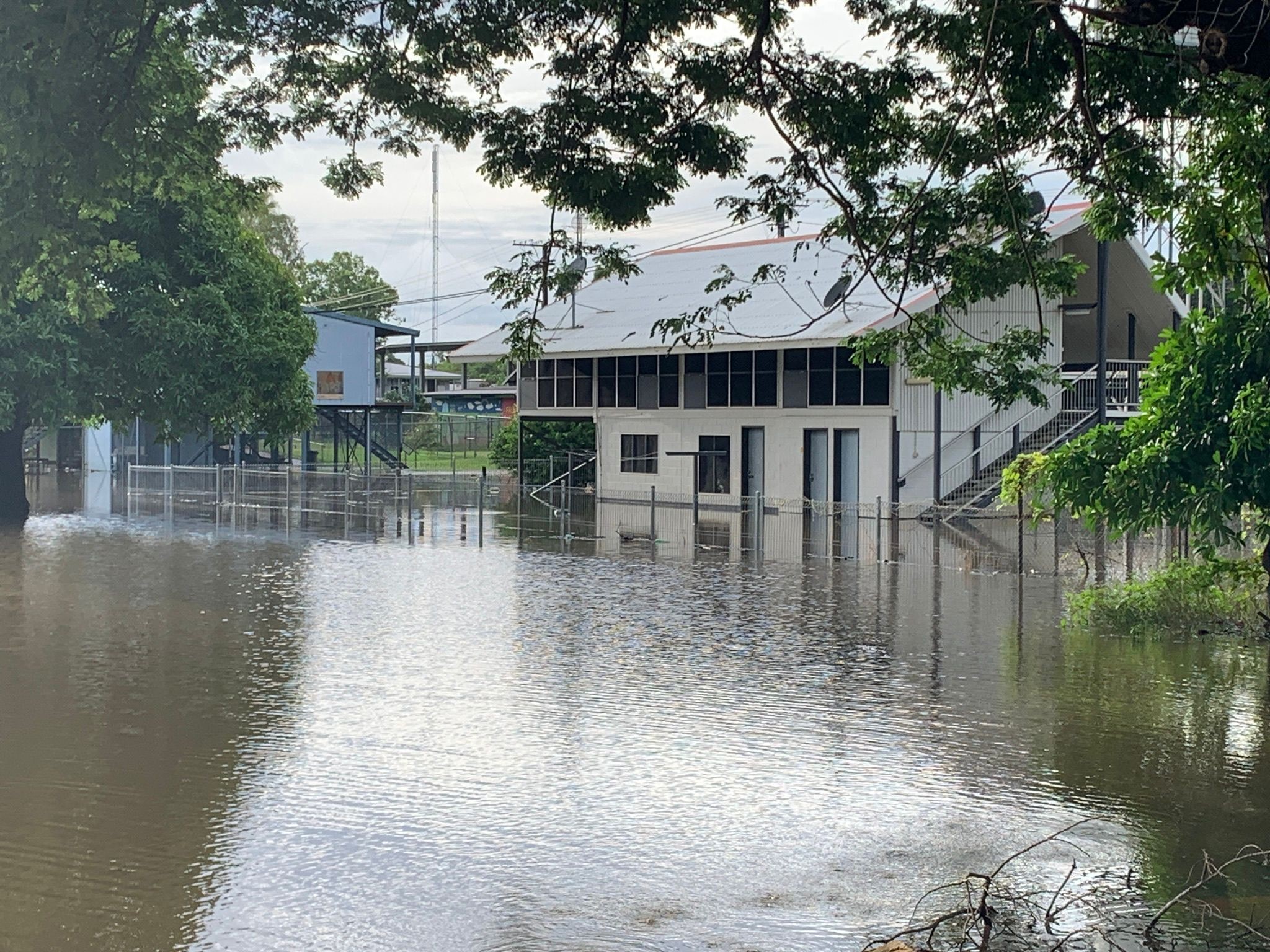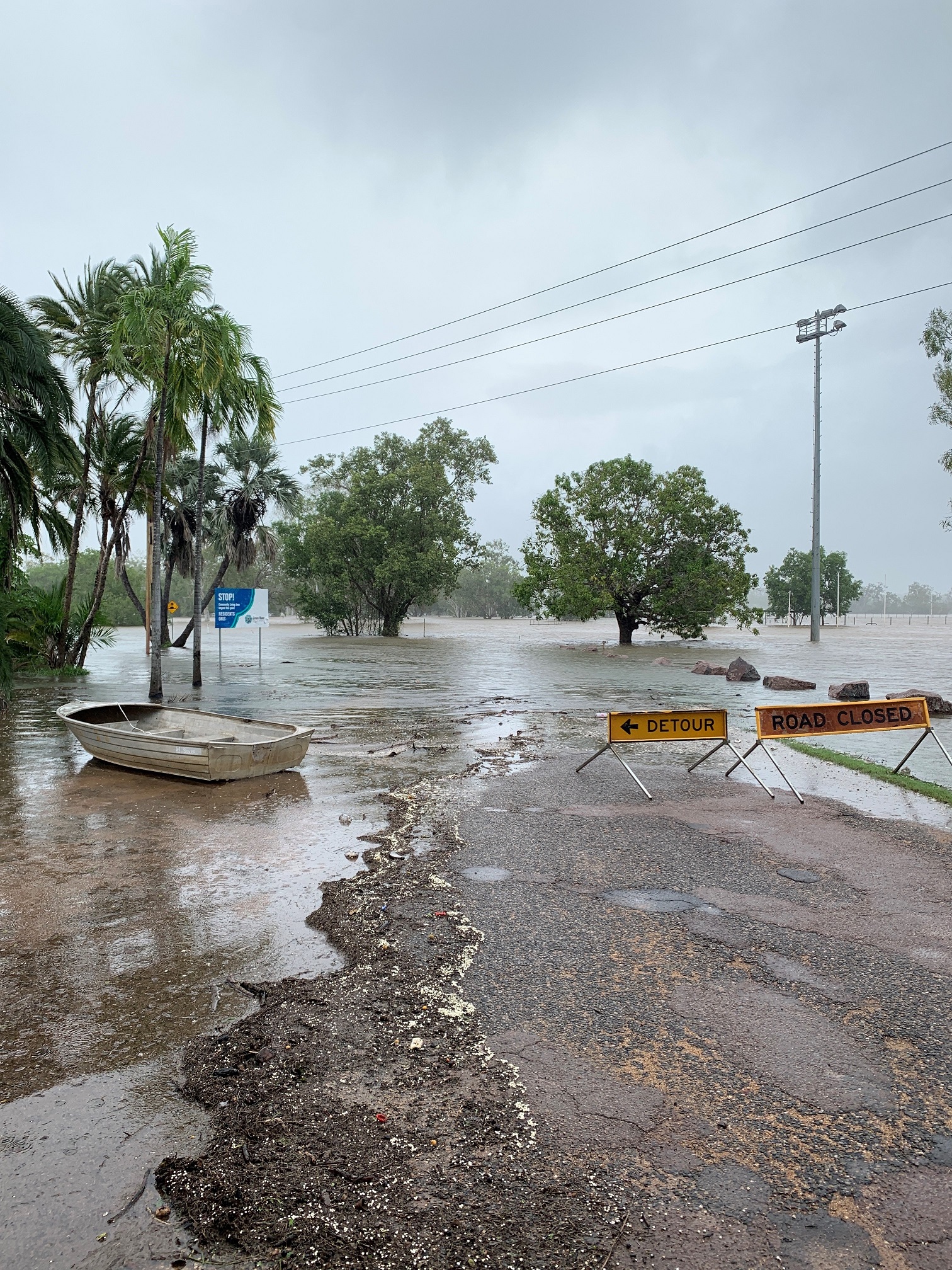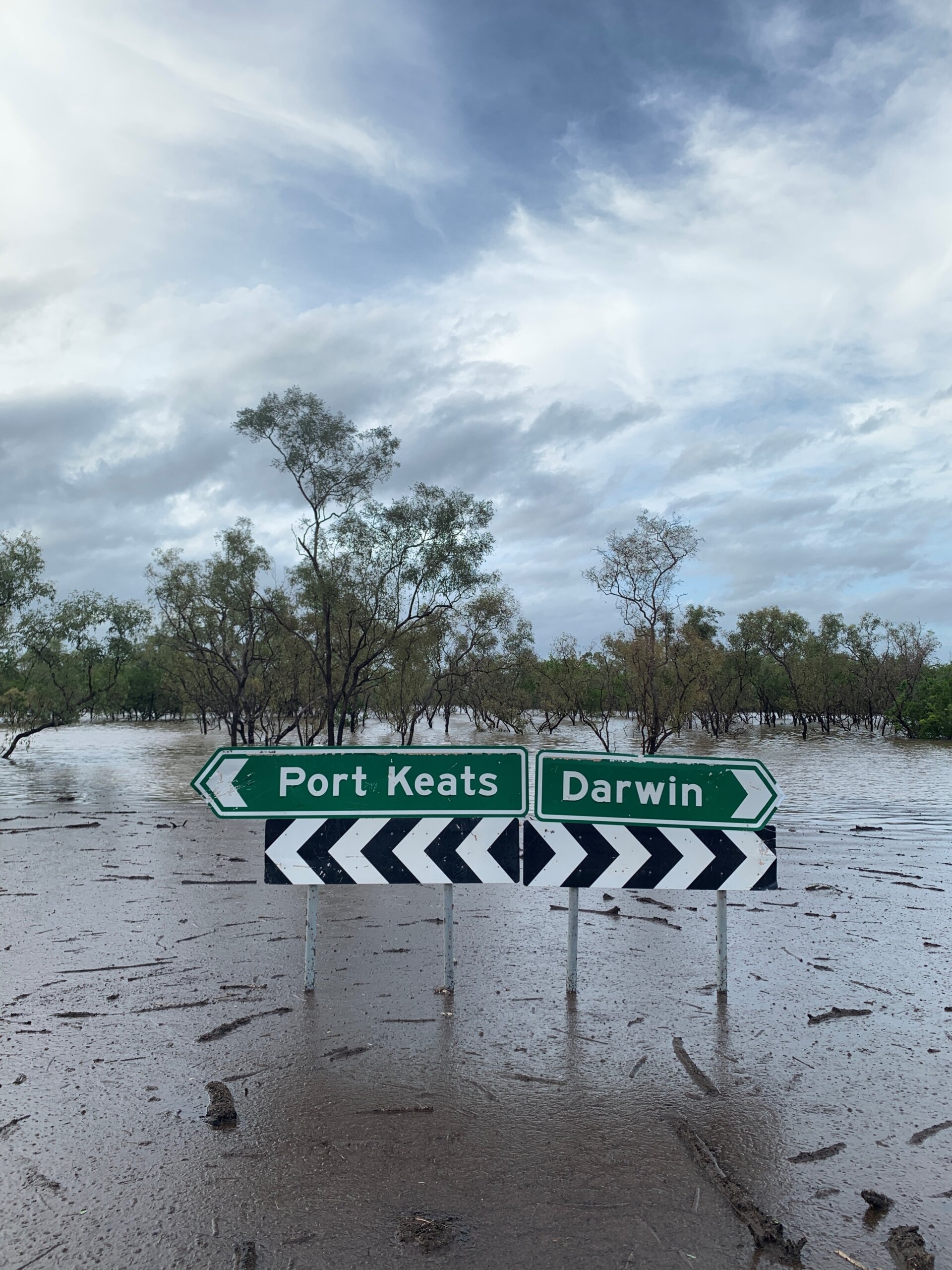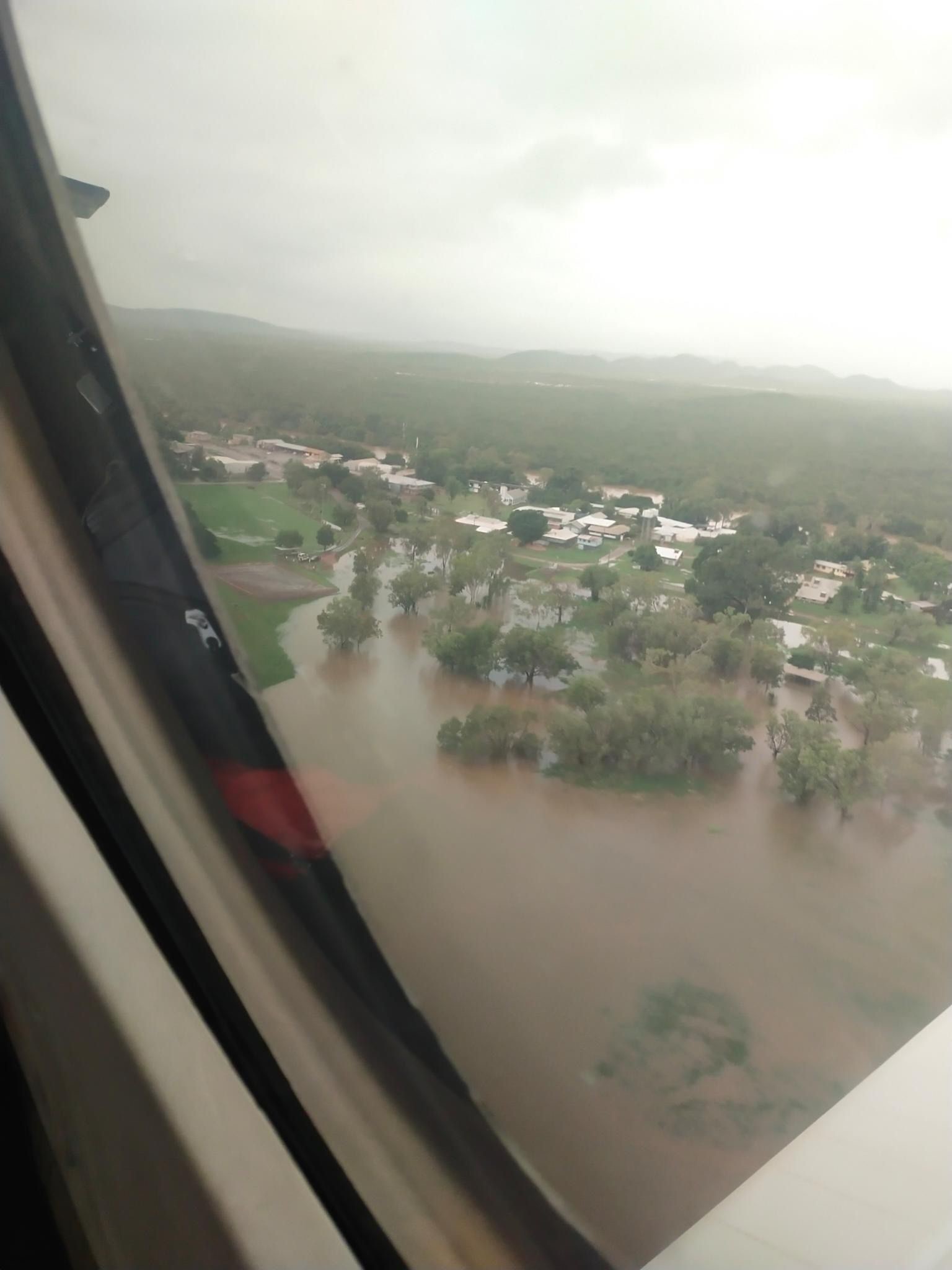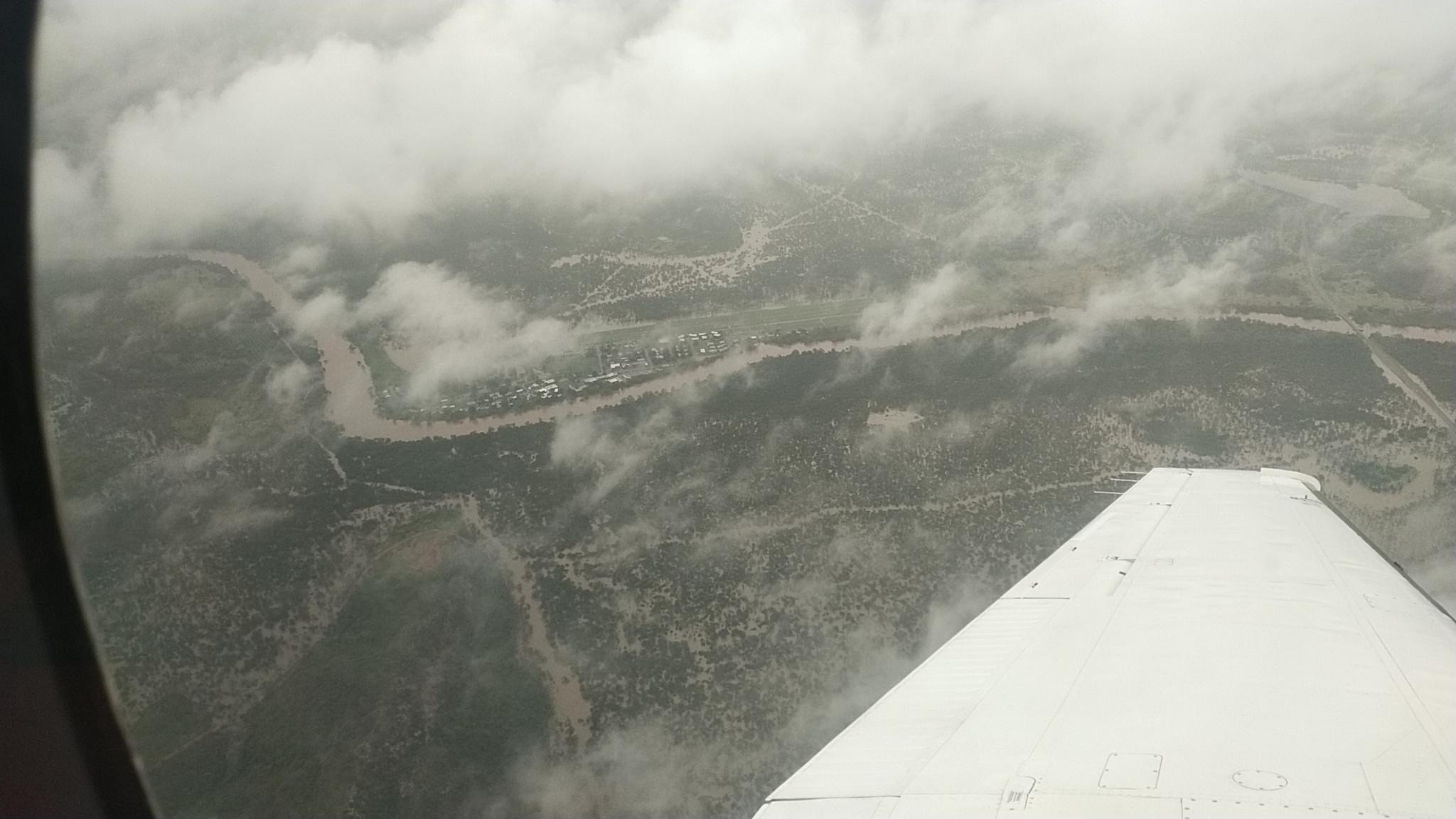Healthcare Heroes Brave Rising Waters
A Glimpse into Navigating a Moderate Flood Event in a Remote Community by Rural LAP locum, Gawaine Glasby
Navigating a moderate flood event in a remote community can be a challenging and eye-opening experience for healthcare professionals. Recently, during my locum placement with the Rural Locum Assistance Program (Rural LAP), I had the opportunity to witness firsthand the impact of flooding on the community of Nauiyu (Daly River) in the Northern Territory (NT) and the invaluable support provided by organisations like Rural LAP and the Top End Health Service (TEHS).
Nauiyu, a remote community with a population of approximately 460-500 residents, is situated along the banks of the Daly River. Over the years, Nauiyu has faced numerous flood events, making them well-acquainted with the challenges and disruptions caused by rising water levels. Typically, the community welcomes two nurses and two senior Aboriginal health practitioners and receives medical visits from general practitioners twice weekly.
Monitoring the river level at the local police station, the Bureau of Meteorology (BOM) issues three flood warnings for the Daly River. Minor flooding occurs at 12.6 meters, while moderate flooding is declared when the river rises above 13.1 meters. When the river surpasses 14.2 meters, the community is issued a major flood warning and evacuated to ensure safety as they switch off the power, sewerage, and water services.
During the first two weeks of my three-week visit, the region experienced constant moderate to heavy rainfall. As a result, the community witnessed the gradual rise of the river and the surrounding areas submerged in floodwaters, including parts of the community. A minor flood event was declared initially, leading to daily briefings with emergency services and local essential service providers. Additional police with water rescue expertise and NT Emergency Services (NTES) members were deployed to the community to assist as necessary.
As a healthcare team, we updated the vulnerable cohort list in the community, identifying individuals who would benefit from early evacuation through medical retrieval in a significant flood event, including an elderly non-ambulatory client and two antenatal clients who were only three weeks away from their due dates. This proactive decision proved crucial, as the retrieval plane barely managed to land due to heavy rain and poor visibility. The following day, parts of the airstrip flooded, making further fixed-wing medical retrievals unsafe.
A few days later, moderate flood levels were declared, leading to the closure of the road and airstrip for all fixed-wing aircraft. However, small charter flights were able to land on the shorter runway. Medical retrievals, if needed, were now conducted by helicopters. While the community still had access to higher ground through a 20-minute boat ride to a nearby outstation where most community vehicles were parked, the sense of isolation grew, especially with uncertainties surrounding the arrival of supplies due to potential flooding on the main road to Darwin.
In this challenging environment, the clinic operated with reduced team numbers due to the flooding, and there were no visits from general practitioners. NTES teams provided invaluable assistance as we travelled by boat to the nearby outstation, ensuring we could promptly attend to urgent health needs. The unexpected presence of crocodiles in the community added a layer of risk, making routine activities like walking more perilous.
Under normal circumstances, going for a walk around the community would be a leisurely activity, with the main concern being the presence of camp dogs. However, the risk escalated during the flood when we spotted crocodiles in the community. It made one seriously reconsider popping out for an after-work stroll.
As the time approached for my departure, heavy rains caused the highway to flood, leaving me with no choice but to be airlifted out of the community via helicopter.
Thanks to the support provided by Rural LAP and TEHS, I was transported by helicopter, typically used for mustering cattle. The exhilarating journey over the flooded landscape culminated on the outskirts of Darwin, where I was dropped off in a paddock and subsequently picked up by a friend.
Experiences like these remind me of the unpredictable nature of remote nursing and the continuous surprises that await healthcare professionals in these unique settings. Each encounter adds new colours to the ever-changing canvas of my nursing career, with the final composition remaining a mystery. As I eagerly look forward to future adventures and challenges as a remote nurse, I remain grateful for the support and resilience of communities like Nauiyu and the organisations like Rural LAP and TEHS that assist in a time of need.
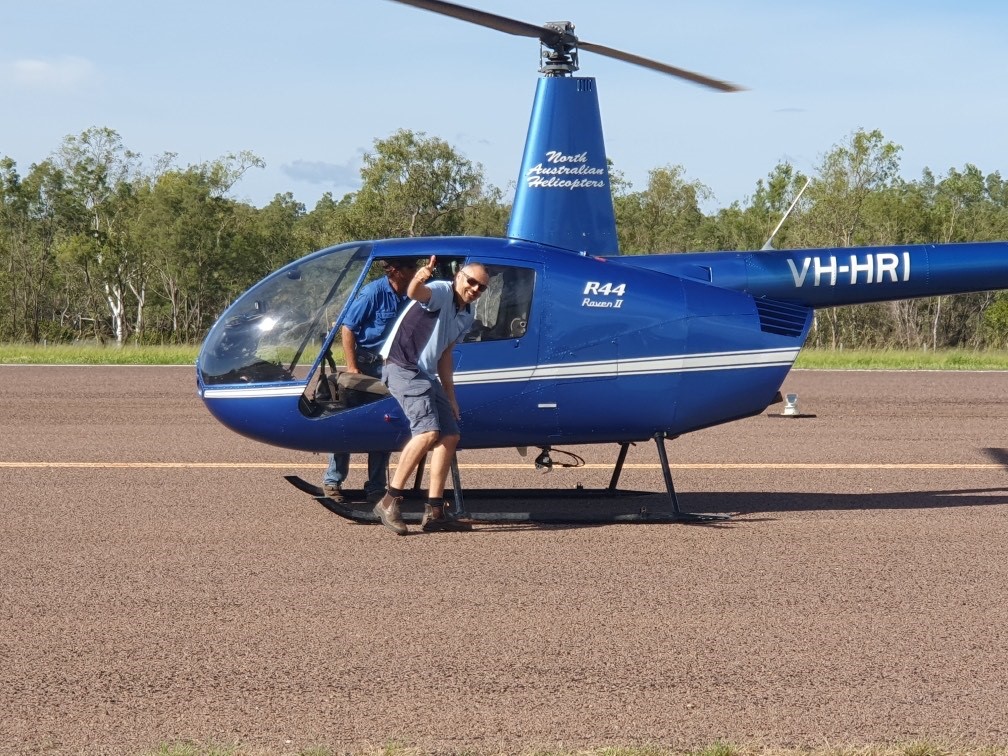
Gawaine Glasby has been a Rural LAP locum for several years and completed numerous placements in various locations around Australia.
